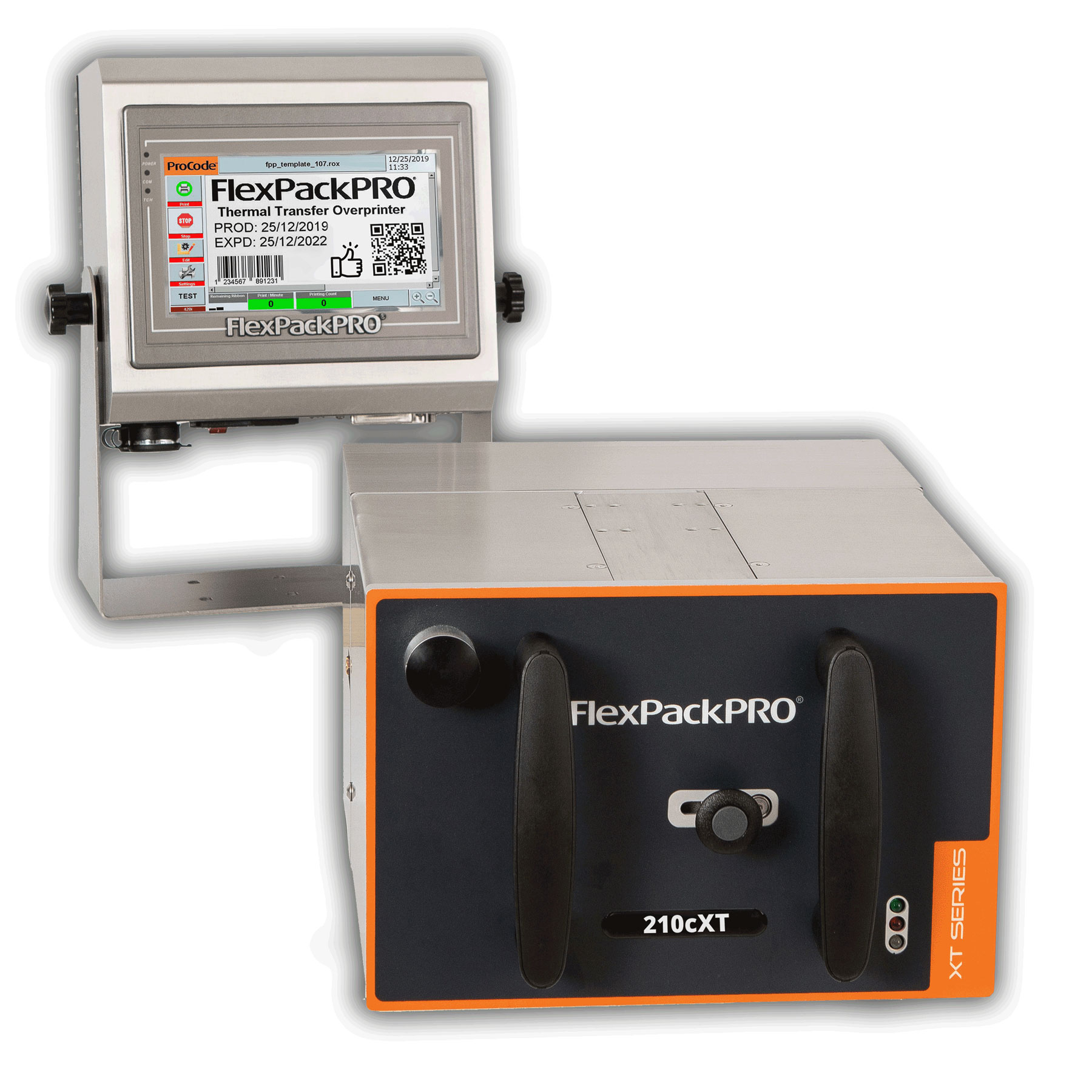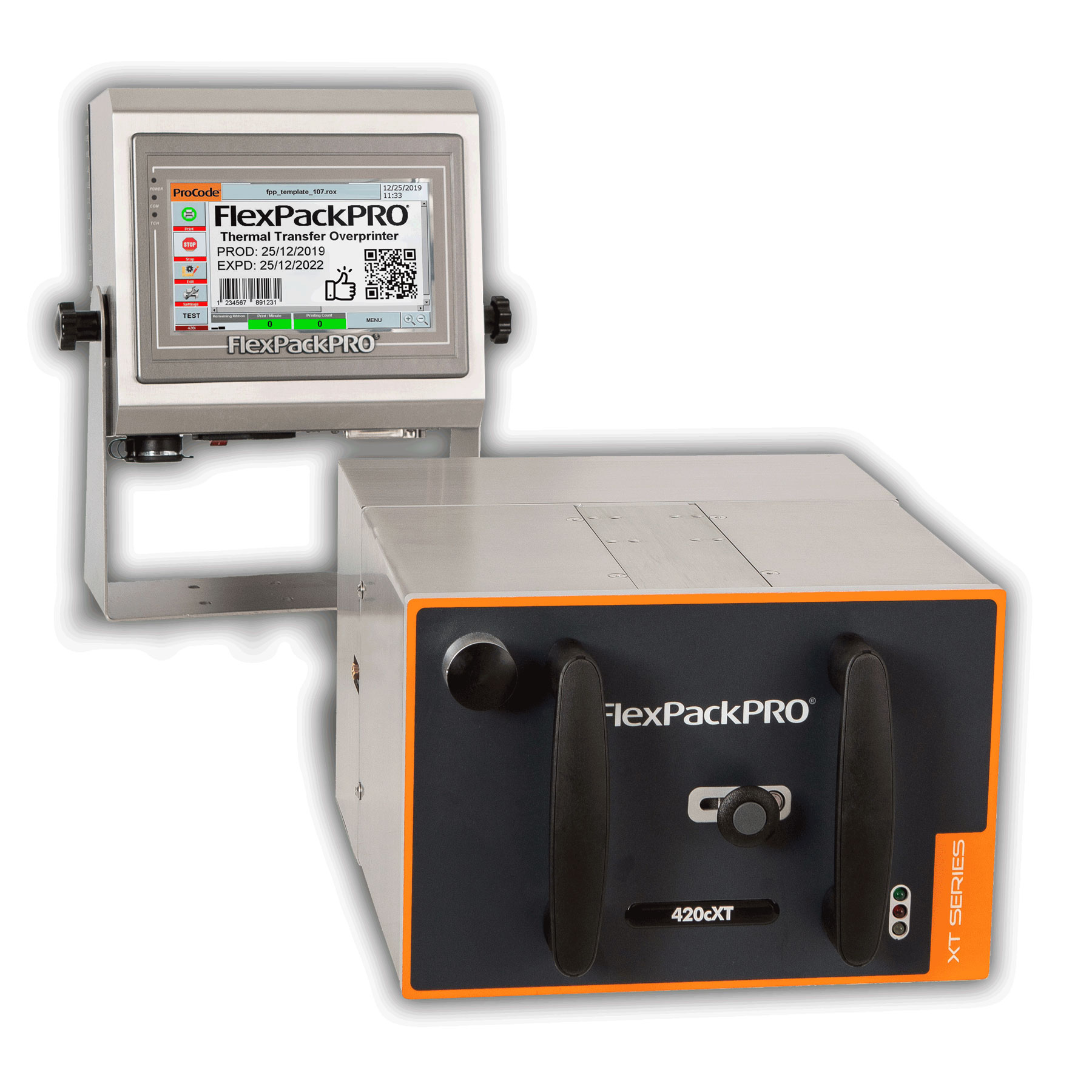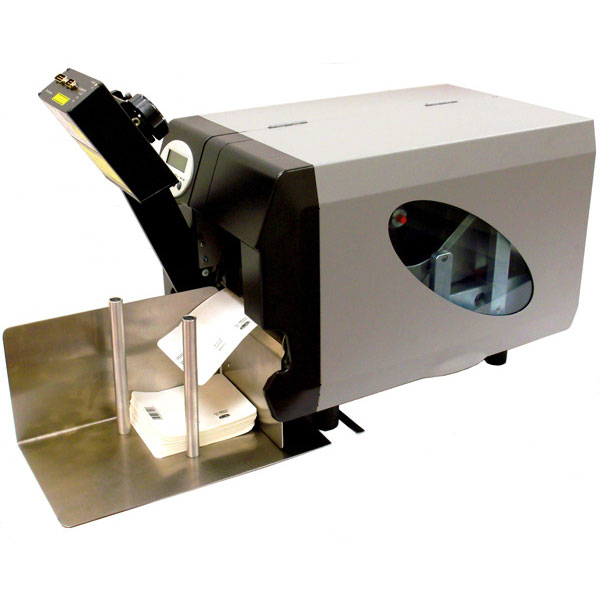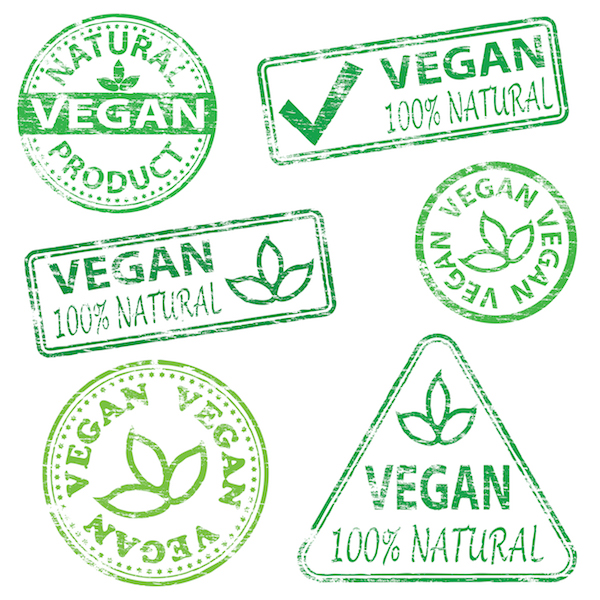Pick up any food item in the supermarket and you’ll find coding on the package designed to help the consumer, store owner and packager alike.
You may notice a sell-by, best-if-used-by, use-by and pack dates but how do they get there and what do they really mean?
First, let’s examine some of the different codes and what they mean.
Sell-By
Sell-by dates are used on foods such as milk, cheese, and packaged meats. They are the last date the product should be sold and are usually refrigerated items. This helps stores identify when a product should be pulled from their shelves.
Best-If-Used-By
These dates are used on products such as bakery goods and cereals. The date indicates that the product holds its best quality up to the date shown and may lose some of its freshness and nutritional value after that date.
Use-By
Don’t eat or use the products after the date shown in the Use-by section of your product packaging as its shelf life has expired or is about to expire. Products such as refrigerated dough and yeast often have this type of coding.
Consumers & store owners should adhere to these dates to ensure top quality and safety.
Product Security & Identification
Each year, American consumers find foreign objects in their food packages – anything from glass fragments or gravel and pebbles to plastics, hair, worms, and gum.
Have you ever found a foreign object in a can of soup – maybe a small piece of plastic?
Ever opened a bottle of soda to see something floating in it or opened a bag of chips and found a piece of cardboard or other foreign object?
Have you ever stopped at a rest stop, picked up some snacks, jumped back in the car and a few miles down the road you open your snack and its stale?
Food manufacturers take appropriate measures to follow all governmental guidelines for safety, cleanliness and adherence to industry standards and yet, there are times when something gets into the package that wasn’t meant to be there.
Thermal Transfer Printers make it possible for food manufacturers to respond more efficiently to problems that arise when contaminants are found in their packaging. These printers allow manufacturers to add codes that can help them track their production data.
Pack Date
This date code is used to indicate the day the food was manufactured or processed and packaged. It is used for foods that can be kept for a long time, like canned goods.
Date/Time Stamp
Cookies, chips, bakery items and more can be labeled with a Date & Time stamp. This stamp tells the manufacturer the date and time of day the product was packaged.
Production Line Stamp
When a product is stale or a foreign object is found, proper coding helps the manufacturer identify where the item was packaged, the time (up to the second), shift data, and can even identify the employee(s) on the production line. This is useful in the event additional employee training is needed or to resolve lawsuits that may arise. Furthermore the data can be cross referenced to time segmented data from other equipment in the packaging lines such metal detectors and checkweighers. There have been many cases where this production data has proved that the manufacturer was not at fault in the contamination of the food product.
Thermal transfer printing is a digital printing process that works by melting a coating of ink carried by a ribbon to the substrate. Thermal transfers printers are known for their smear-proof images and resistance to fading, and are particularly well suited for creating production line stamps, date/time stamps and pack dates.










